Fortnite: Battle Royale is a worldwide sensation. Fueled by undying popularity, the multiplayer title comes a steady stream of cash for creator Epic Games.
Fortnite has made $1 billion alone on in-game revenue since the game launched, according to a report from SuperData Research. Translating $1 billion into Fortnite’s in-game currency, V-Bucks, suggests that players have purchased around 100 billion V-Bucks-worth of in-game content. That’s equivalent to 50 million Fortnite players purchasing the Raven skin just once, which cost 2,000 V-Bucks apiece.
For players and developers alike, Fortnite stands out because players are willingly pouring money into a game that’s available for free, after years of retaliation against the model. In order to understand why this happened, it’s important to break down the odds faced against Epic in a genre traditionally opposed to freemium microtransactions.
Solving a Genre’s Woes

Fun fact: If you play but haven’t spent money in Fortnite yet, you’re in the minority.
A study of 1,000 Fortnite players revealed that nearly 69 percent spent money in the game, averaging $84.67 per person, Forbes reports. 58.9 percent of purchases were for skins, and 79.5 percent admitted that they purchased a $10 Battle Pass for one of the game’s many seasons. Interestingly enough, 36.7 percent admitted that Fortnite was the first game in which they purchased a microtransaction at all.
In-game purchases have long haunted freemium publishers and developers when it comes to free-to-play shooters. A study from 2015 on annual revenue for PC free-to-play games found that free-to-play shooters constantly lagged behind on revenue from 2010 to 2015, taking home $237 million in 2015 compared to $501 million in revenue for MOBAs and $499 million for MMORPGs.
Even now the free-to-play golden cow may still be struggling to monetize. Hi-Rez Studios’ Paladins: Champions of the Realm previously experienced massive backlash from their customers after adding the currency Essence into the arena shooter, causing a meta change that essentially forced players to spend money or suffer with less powerful cards than their opponents. Hi-Rez later tweaked the system as a result, eventually banishing Essence altogether. Developers like Warframe’s Digital Extremes have been cagey about their game’s conversion rate from free to paid players. A report from Digital Extremes’ holding company Leyou Technologies reveals the latter received nearly $167 million in revenue across all games, meaning Warframe is making a mere fraction of what Fortnite earns each month.
Even when developers share their conversion rates, they simply aren’t quite as high as Fortnite’s. When Team Fortress 2 made the leap to free-to-play in 2011, Valve’s Gabe Newell explained that the game had a 20 to 30 percent conversion rate for players buying a microtransaction. Newell and his team had no idea why the game’s freemium move proved to be so successful when similar games only received a two to three percent conversion.
“We don’t understand what’s going on,” Newell said. “All we know is we’re going to keep running these experiments to try and understand better what it is that our customers are telling us.”
Spending Money Isn’t a Chore in Fortnite
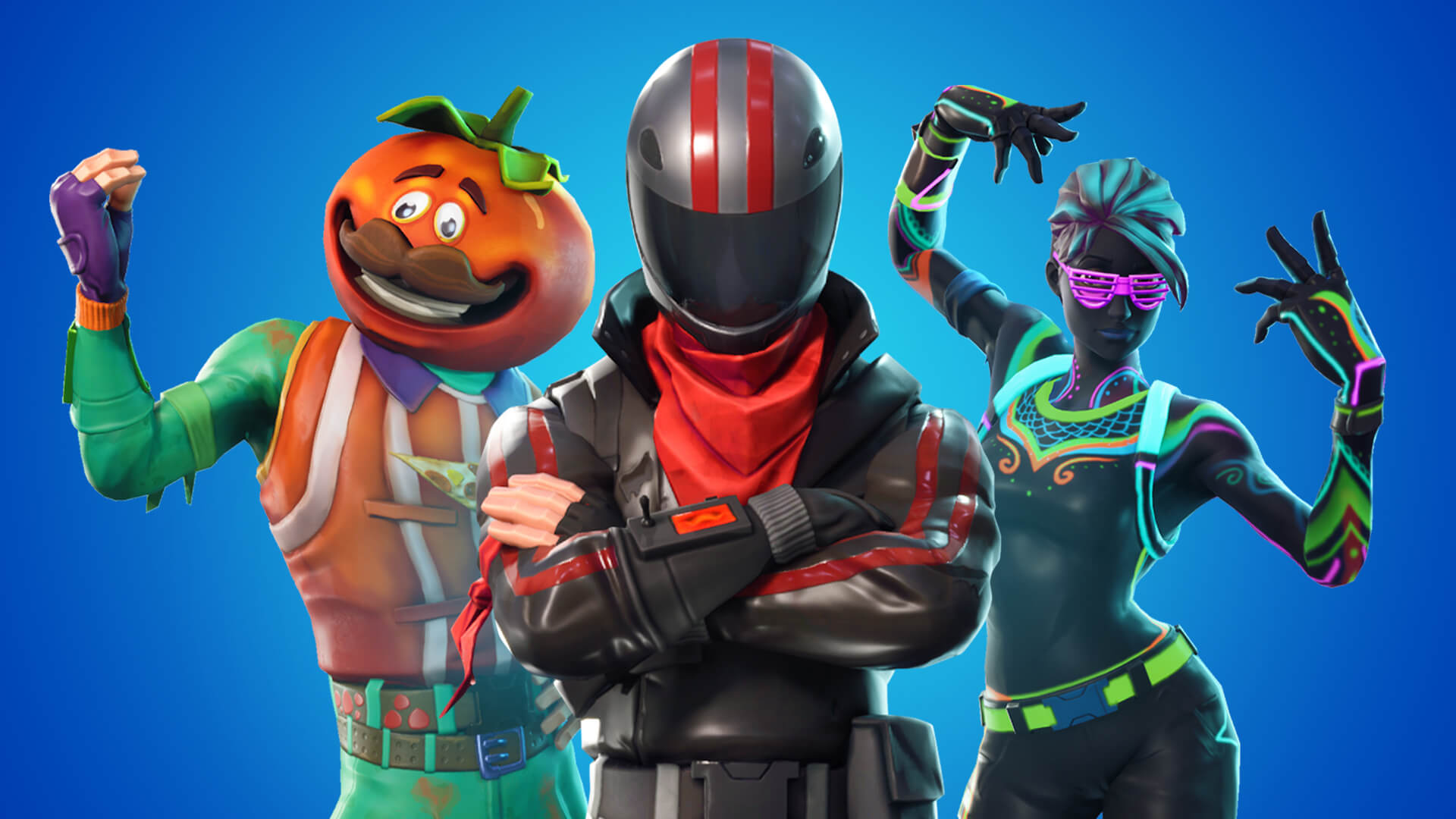
It’s somewhat ironic that a game like Fortnite would end up being a world-wide sensation when the genre itself is known for taking home less money than MOBAs and MMOs. Games more suited for the freemium model. But what makes Fortnite truly stand out isn’t its microtransactions. Rather, Epic Games has structured its skins and cosmetics so players feel an incentive to pay from the start.
For one, microtransactions in Fortnite are tiered, and not in the way that Overwatch or Team Fortress 2 introduces them. Unlike those games, which largely rely on loot boxes, Fortnite cosmetics are obtained solely with money and skill. The most elite outfit skins available in Battle Royale are Tier 100 Battle Pass rewards, and to reach those, you have to rank up your Battle Pass to the highest tier. That means playing a lot of Fortnite.
There’s a trade-off here. Put the time in grinding away at your Battle Pass, and you’ll carry dozens of skins that other, less experienced players can only dream of. There’s no better example than Tier 100 skins like Omega or The Reaper, which carry a sense of weight with them on the battlefield that warns players not to mess with you. All you have to do is pay a couple hundred V-Bucks and grind out experience. The rewards reflect your skill, instead of bolstering them.
Unlike other games where skins can be obtained without spending money or by simply saving up cash, Fortnite’s cosmetics are exclusive items that make a statement. They tell other players that you’re skilled, that you have money to spend, that you own something rare that other players can’t have, or that you simply play a lot of Fortnite. They’re more of an evolution of Xbox Achievements and PlayStation Trophies than free-to-play microtransactions. It’s the meaning behind skins, the collective interest that other players have in them, that makes Fortnite so profitable.
Is Fortnite’s Model the Future?
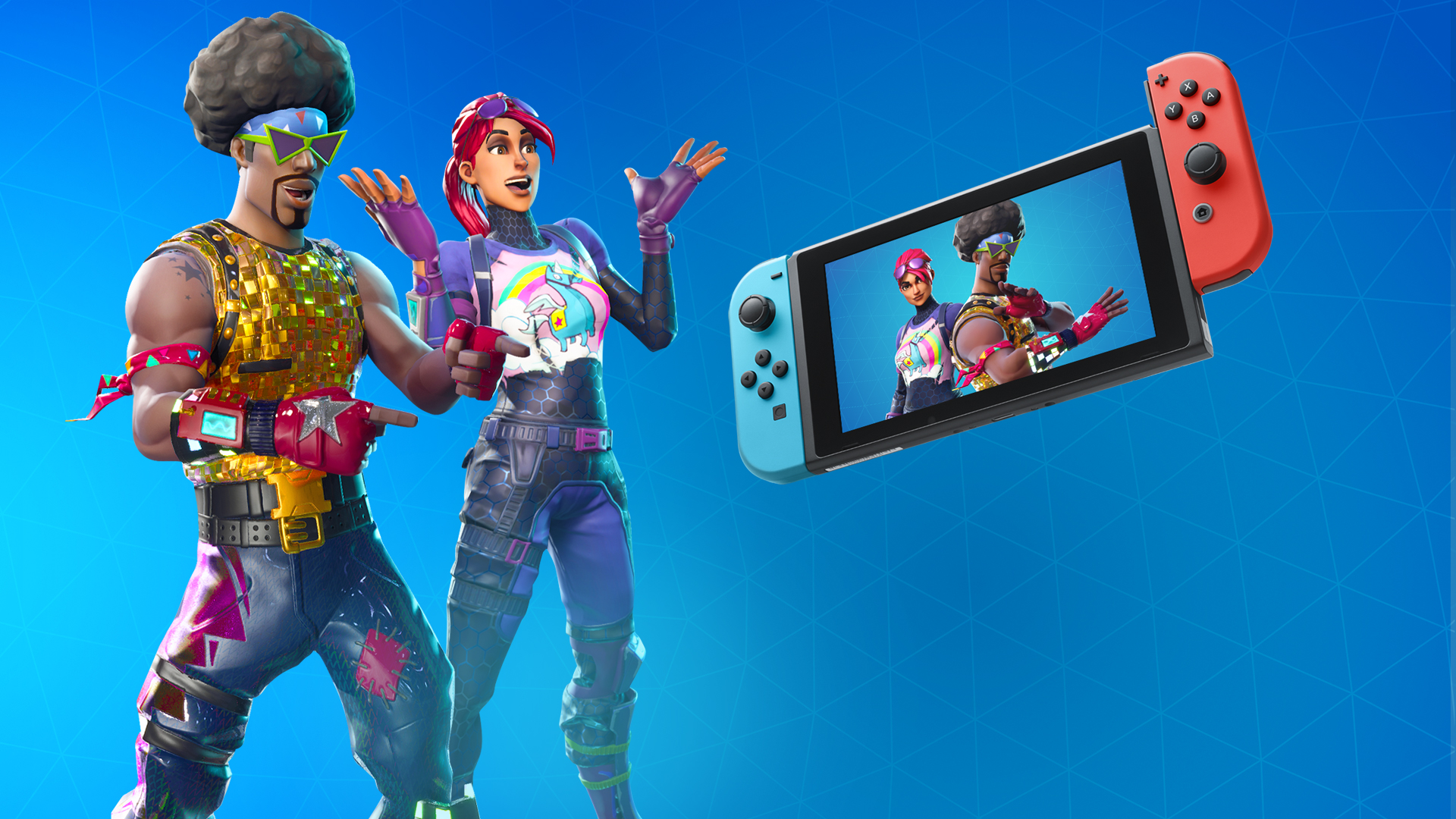
Fortnite may be one of the first free-to-play shooters to figure out how to make microtransactions appealing to players, but every game is unique. Retail games have more breathing room for generosity when it comes to in-game purchases. Just look at Blizzard’s good faith. Their microtransaction systems across all of its games brought in $7.16 billion last year, or approximately $596 million monthly. By May 2017, Overwatch had already become a one billion dollar game in terms of revenue. And when it comes to microtransactions for a good cause, Overwatch raised $12.7 million as part of its Pink Mercy charity donation for the Breast Cancer Research Foundation.
Games don’t have to follow Fortnite’s monetization model. It’s safe to say that different kinds of games have different expectations for how much players will pay to enjoy a couple extra cosmetics or new content.
But Fortnite understands what other freemium shooters struggle with: It’s not enough to simply own a cosmetic. Those skins have to mean something to both its owner and their fellow players. And it’s the symbolism behind Fortnite’s skins, not the lengthy catalog, that makes the game’s cosmetics so appealing to millions of fans.




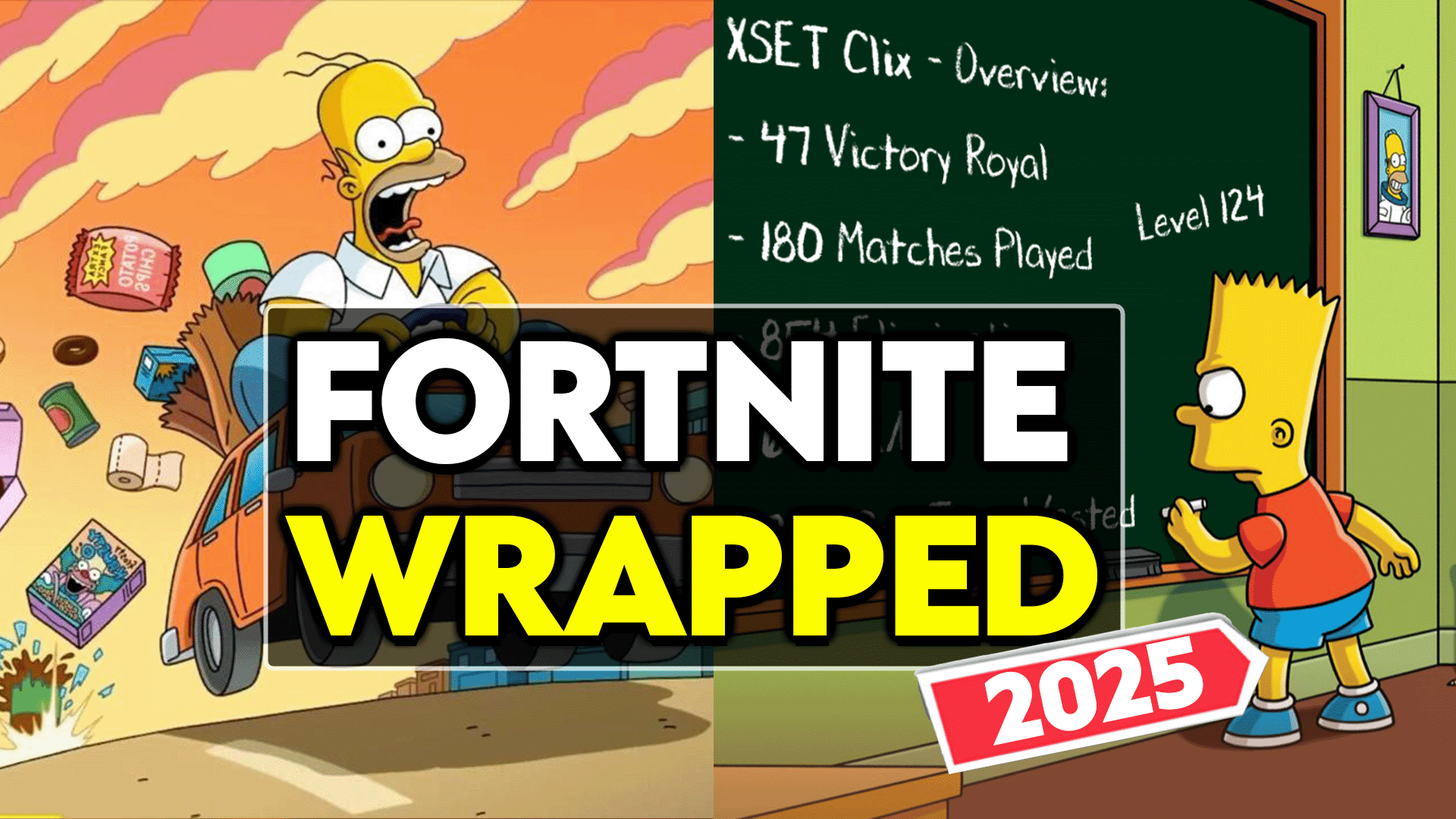

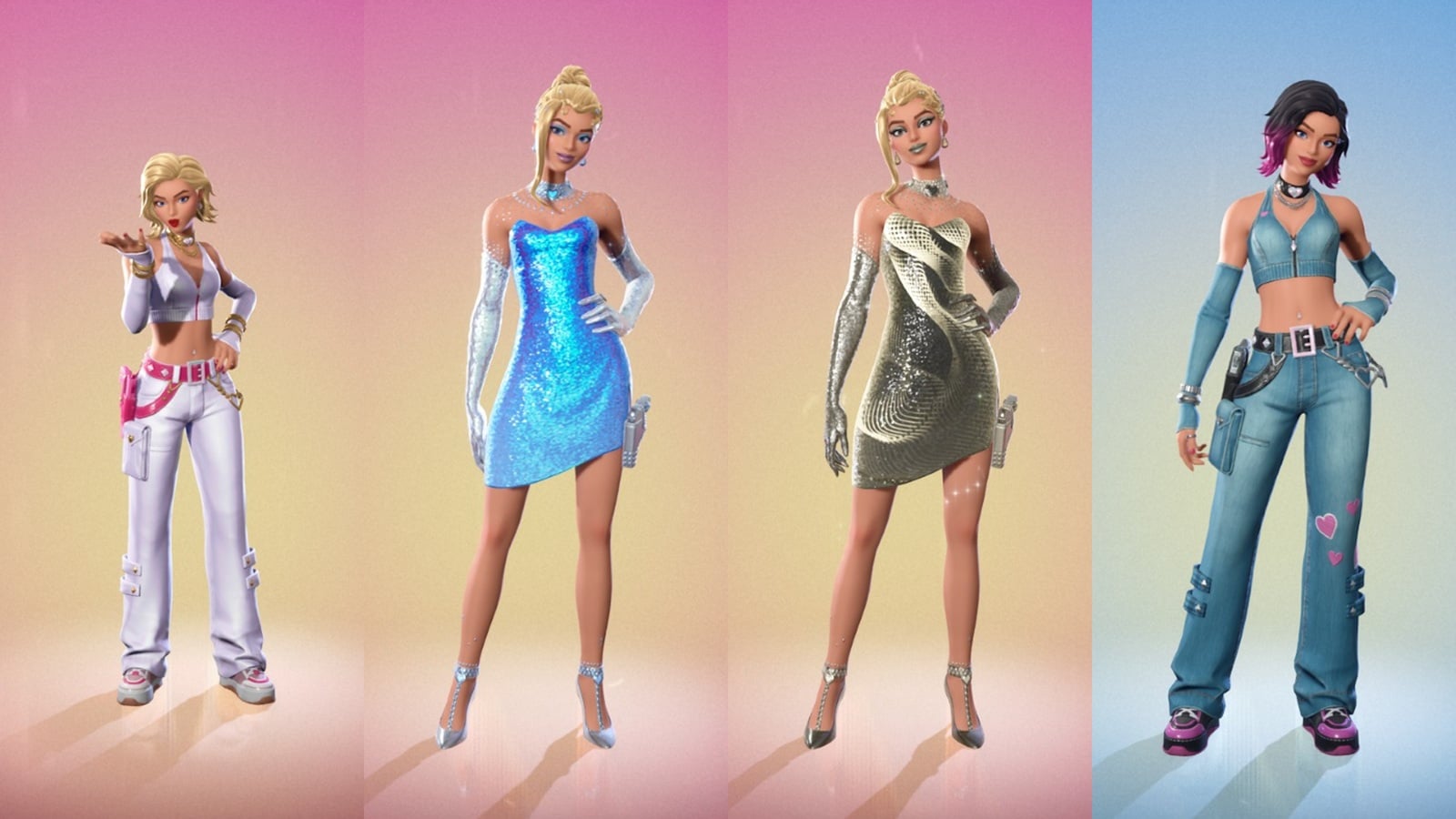


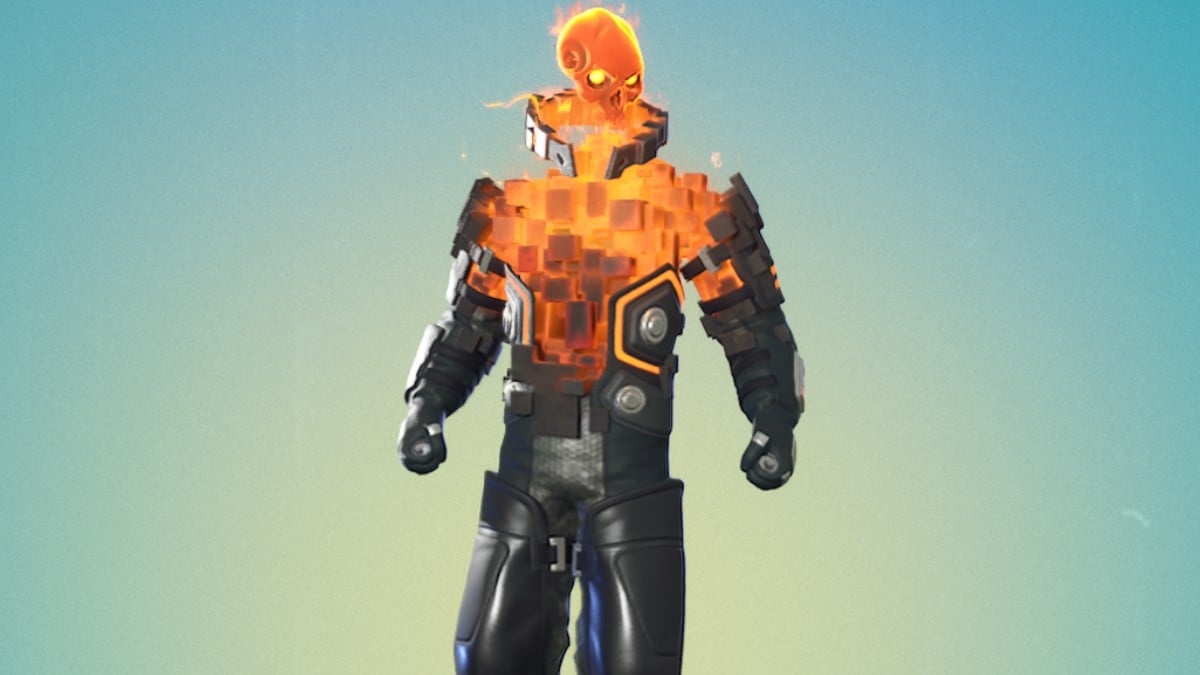



Published: Jul 24, 2018 11:37 am